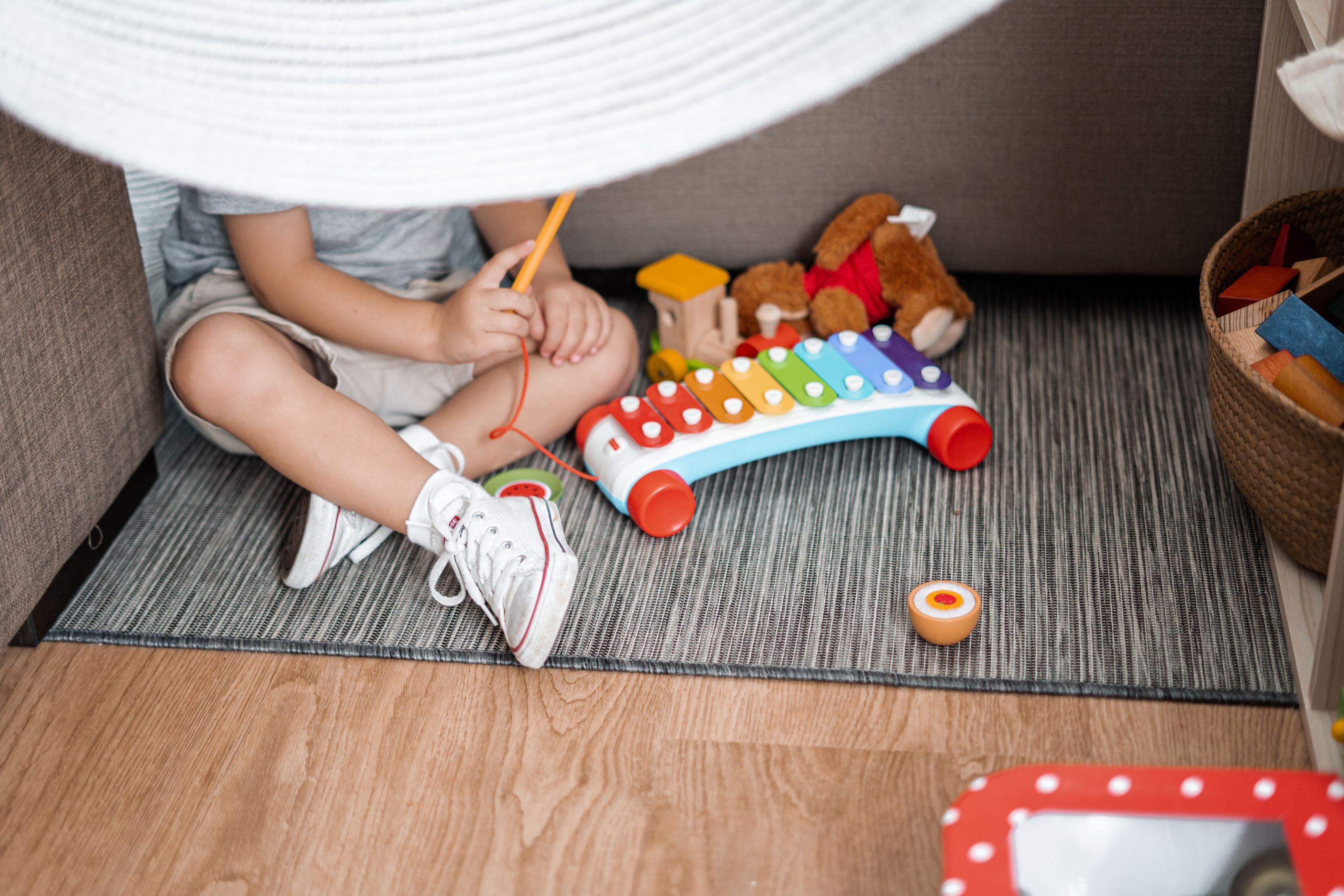Blog
Tips for Encouraging Reading in Babies (Part 1.)
You might think that you’re off the hook when it comes to reading to your baby, but that couldn’t be further from the truth! Your child may not be talking yet, but that doesn’t mean they aren’t listening. Plenty of research shows that reading and talking to babies boosts their brainpower and helps them build their vocabulary faster. Simply put, the more words your baby hears, the more they will learn. And they aren’t just learning words, either: by listening to the way you read, children are able to start mimicking different sounds, which are the building blocks for talking aloud. They can also start processing different emotions and expressions by listening to the different ways in which you read. Here are some other ways that you can introduce reading to your baby or toddler:
.jpg)
1. Now is the time that you really want your child to start associating reading with joy. Build meaningful reading routines that you both enjoy and look forward to, like reading together before or after a nap as part of a bedtime routine, and reading together at other times of the day (preferably when they are clean, fed, and alert). Where possible, cuddle up or make the reading interactive and fun to establish the connection between reading and feelings of closeness or excitement. It’s perfectly okay to take a break whenever your baby seems to be getting bored.
2. Start your baby with sturdy, colorful books that have very few words. Books that have one picture and word per page are especially helpful at first, and can be a great tool for teaching every day words like “mommy,” “daddy,” or “milk.” Lots of different colors and textures (e.g. fluffy, shiny pages, or pages with cutouts or pop-out sections) can help your baby interact with reading even further, and will give them the opportunity to use several of their senses to connect with the book.
.jpg)
3. Slowly move onto slightly more complex books, like stories with simple sentences and rhymes. As your toddler starts to learn that pictures represent objects, challenge them by asking simple questions about the book, like “where is the cat?” Or “where is YOUR mouth?”
4. Your toddler may start to express strong preferences for certain books or pages as they get older. This could feel counter-productive and a little frustrating at times (after all, who wants to read Goodnight Moon for the seventeenth night in a row?), but worry not: this is perfectly normal, and is actually great for vocabulary, word recognition, fluency, comprehension, and your child’s confidence as a reader. By all means, try to introduce some of your favourite books in addition to the only book in the world that matters to your toddler, but there is no need to force them to choose other books yet.
5. Take a look around your house. Are books as accessible as toys? When your toddler goes to find something to play with, could they just as easily reach for a book? If not, try making some adjustments: it would be a pity if the only obstacle standing between your toddler and a love of books was a physical one.

6. Allow your toddler to try “reading” the story to you, even if all they can manage is holding the book, turning the pages, and babbling something incomprehensible in your direction. This will give them the chance to practice sequencing and reading with expression before they can even recognise words. As an extension activity, try reenacting certain scenes with toys to really bring the story to life. This can help extend the attention span of a toddler’s drifting mind as well as giving them extra opportunities to connect with their favourite stories.
7. Don’t worry if your toddler can’t sit still while you are reading together: a toddler’s life is all about movement and action, and it’s highly unrealistic to expect any less of them. If your toddler needs to run, roam or roll around, give them the space to do so without stopping reading—chances are, they are still listening and absorbing the story. If you can tell that your toddler really isn’t paying attention and needs to reset, give up for the time being. Frequent, short bursts of reading time are the perfect fit for your your toddler’s limited attention span.

8. Make audiobooks and music your child's friend. Dozens of studies over the years have provided solid evidence to suggest that music helps the development of little brains, having an effect on things like creativity, memory and even emotional intelligence. Audiobooks, too, give babies and toddlers the chance to absorb new words and language patterns without the parents actually reading to them. Try to stick to age-appropriate audiobooks where possible and a selection of classical music, children’s songs, and lullabies.
Whichever way you choose to introduce reading to your child, the most important thing to remember is that you are setting your baby up for a lifetime of reading enjoyment, as the attitude your family has to reading may very well stick even from such an early age. Introducing your child to the magical world of stories early on gives them every advantage in terms of language, emotional and social development. It also has the great benefit of becoming quality parent-child bonding time. Remember, reading can be an enriching and enjoyable experience for everyone. As you rediscover your childhood favourites, you can simultaneously introduce the joy of stories with your little one.
